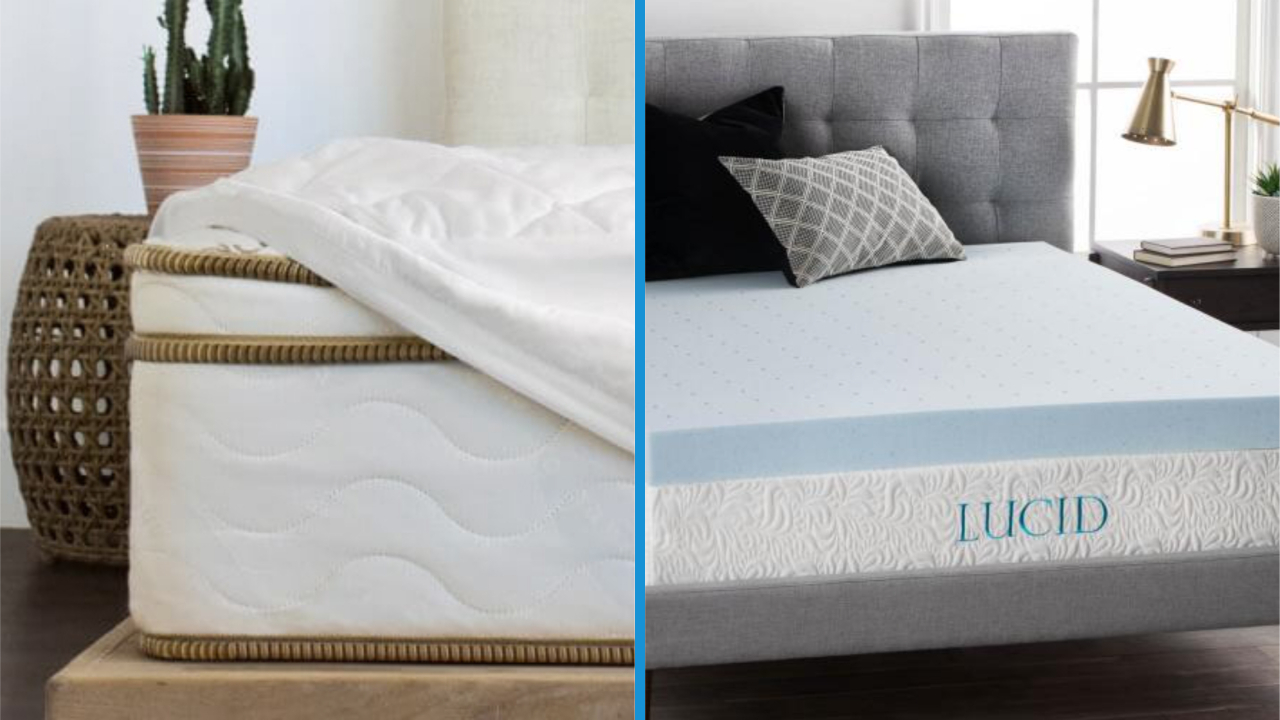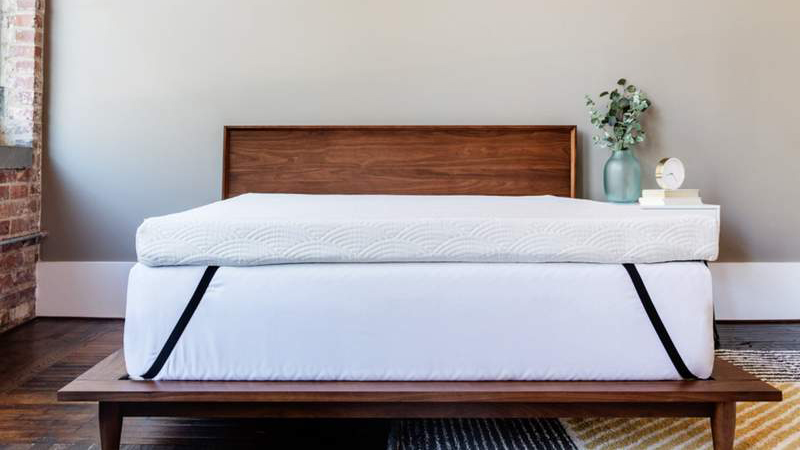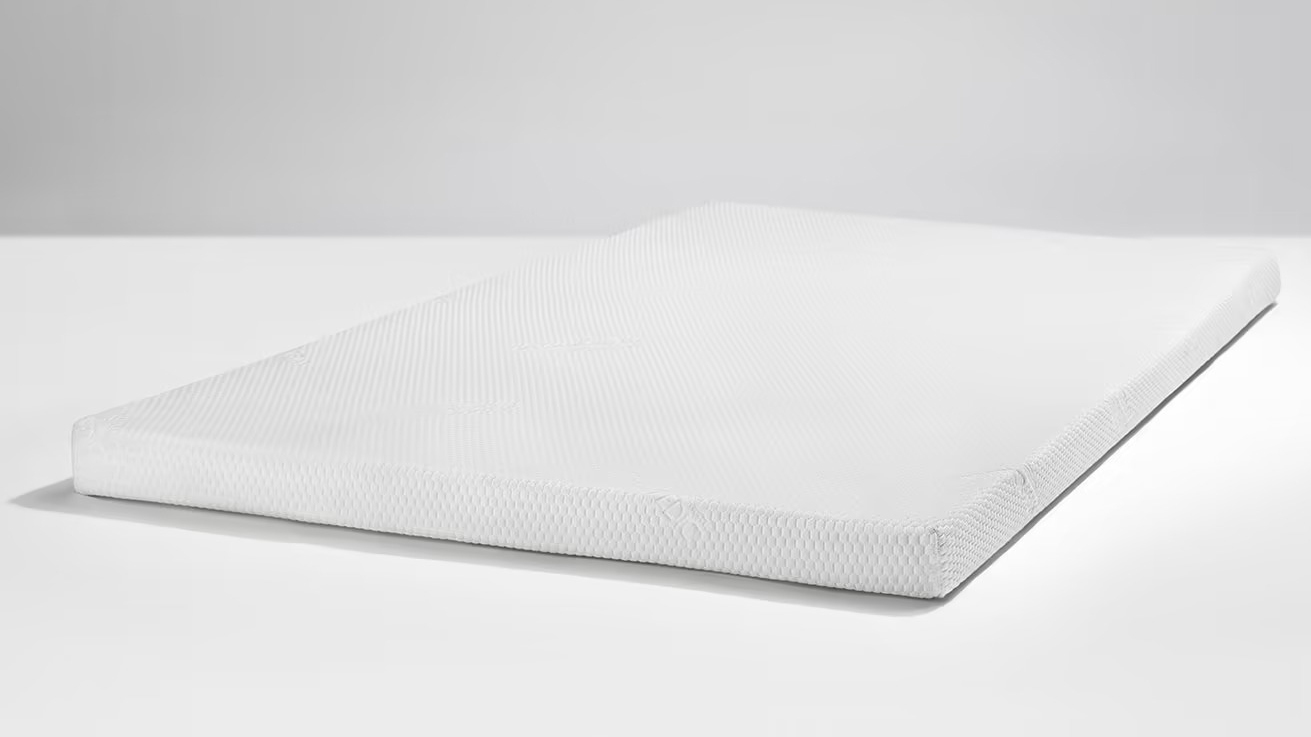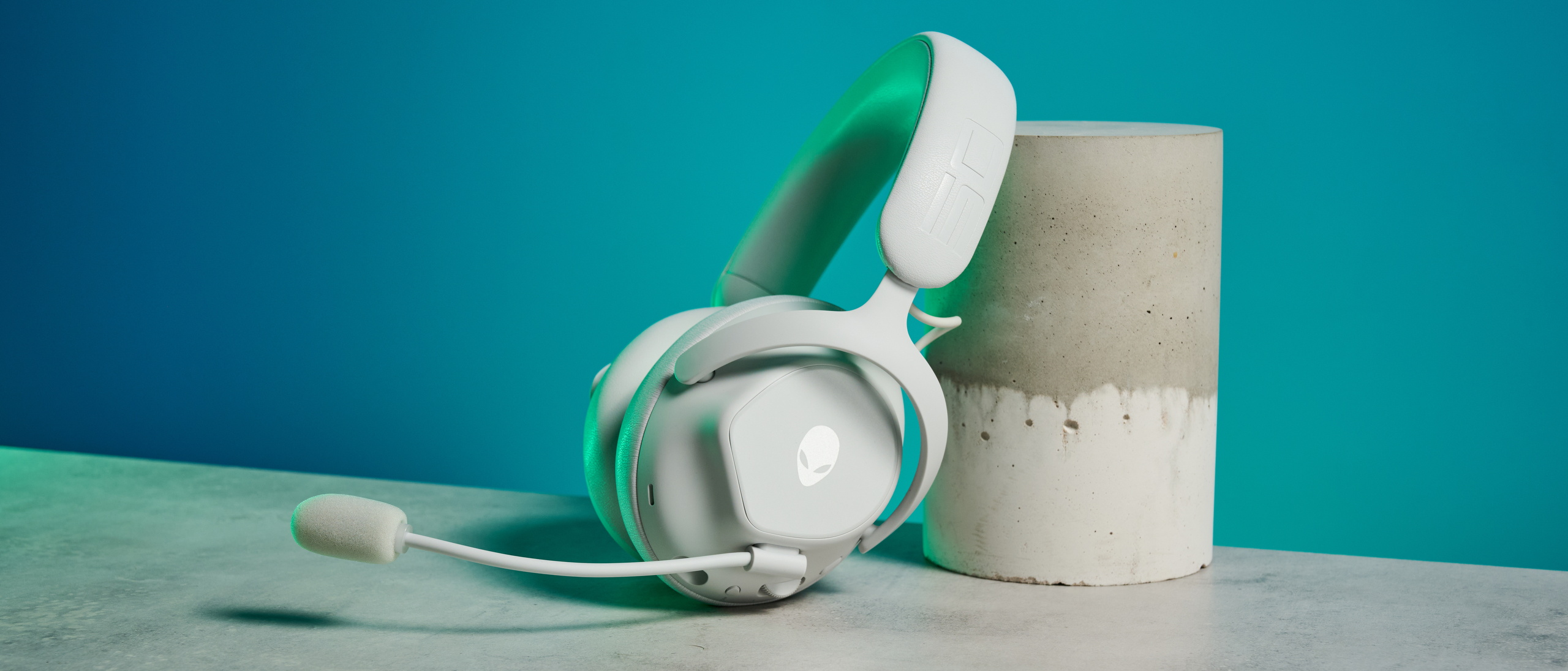Mattress pad vs topper: how to figure out which one you need
Can’t decide between a mattress pad vs topper? Our expert comparison will help you

When it comes to mattress pads vs toppers, both are designed to transform your bed to better suit the way you sleep, but they do so to different levels. There are also key differences when it comes to price and how long they last for (on average). Even the best mattresses sometimes need a helping hand in terms of support and comfort, which is why people often turn to a topper or pad.
The best mattress toppers are usually thicker than mattress pads and are the better option for boosting sleep comfort. But pads are cheaper and are a good value option for a guest bed that isn’t slept in so regularly.
Here we compare mattress pads vs toppers, looking at the benefits, common materials, design and prices to help you figure out which one you need.
Mattress pads vs toppers: What are they?

- Pads and toppers increase in-bed comfort but to different levels
- Mattress pads are cheaper and easier to care for than toppers
- Toppers provide the highest amount of comfort and support
At first glance, it’s easy to confuse mattress pads and toppers as they have similar uses. Pads are cheaper than toppers and are a handy way to introduce a little more plushness to your bed, but not to the extent that the other would.
So mattress pads are designed to slightly alter the feel of your bed. They are usually around an inch thick and are available in different materials like feather, wool, latex and foam. For instance, if you need something soft and naturally breathable, wool is an excellent option.
Mattress toppers offer an excellent way to adapt your existing bed if you need a lot more pressure relief, cooling, softness or firmness. They are usually over one to four inches thick and are made with many of the same materials found in the top mattresses in a box, including foam and latex. Some will also have a layer of wool, feather or soft fiber for a pillowy surface.
If your bed is too hard or too soft and is affecting your posture or giving you aches and pains, a topper can make a huge difference. If you sleep hot, pick one with cooling gel layers to help regulate your body temperature. This type of foam is often found in memory foam mattresses.
Get instant access to breaking news, the hottest reviews, great deals and helpful tips.
Both also help to protect your bed against accidental spills, allergens, sweat and dust mites. That said, we would still recommend investing in the best mattress protector you can afford.
Mattress pads vs toppers: Prices and key brands

- Mattress pads are normally always cheaper than toppers
- The thicker the pad or topper, the higher the price
- Some toppers come on a trial basis, but most pads don't
Mattress pads and toppers are available to suit all budgets, from affordable to luxury. Because pads use less material, they are generally cheaper. Plenty of big-name sleep brands make these accessories too, so you won’t be short on choice.
You can buy them relatively cheaply online as well as in stores, and how much you spend depends on what you need the product to do. For example, if you’re looking to make an older bed firmer and more supportive, then it pays to spend a little extra to get a thick topper (around four inches deep). If you’re only looking for a slight tweak on a newer mattress, a pad will do the trick and it’ll be cheaper for you.
Key brands to look out for include Lucid and ViscoSoft. Some of our favorite luxury mattress brands also make a topper version, which can be a good way of capturing some of that brand's sleep feel and build quality for a lower price than a full mattress. Examples include Tempur-Pedic (see our Tempur-Adapt topper review), Saatva (see our Saatva Foam topper review and Saatva Graphite topper review) and Casper (see our Casper Comfy topper review).
Mattress pads vs toppers: Key differences

- Toppers alter the feel of your mattress
- Pads are thinner so won't have such a dramatic impact
- Mattress pads can usually be machine washed
It can be easy to confuse these two products, but there are some key differences. If you need something to radically alter the feel of your bed (so making it softer or firmer), then a topper will be a smarter option for you. If you are looking for just a little extra touch of luxury or a slightly cozier feel, then a mattress pad will work and it will save you money too.
Because pads are thinner, they are less effective at protecting against spills, and liquid is more likely to seep through. However, mattress pads still offer some level of protection against spills, as well as protect against dust and allergens too.
Also, a thin pad won’t deliver high levels of cushioning, so if you need pressure relief, go for a topper or even a new mattress. Mattress pads are easier to maintain, however you can still place a protector over your topper to keep it fresher for longer. Some also come with removable, machine washable covers.
Mattress pads vs toppers: Main benefits

- Mattress pads add a little extra plushness
- Toppers add a lot more extra comfort and support
- Both offer some protection against stains, spills and sweat
Both accessories offer a level of protection against accidental spills, dust mites, sweat and allergens, but because mattress pads are thinner, they are less likely to offer as much protection. That said, pads can usually be machine washed – not all toppers can be – meaning your bed will remain fresher for longer.
Looking to change the surface of your bed to better suit your sleep and body? For just a touch more comfort, a mattress pad is the perfect solution because they add an instant layer of plushness. If you are looking to add a lot more comfort, cooling or support, always go for a topper.
Mattresses have an average lifespan of around six to eight years, depending on what they are made from. But new beds can take a while to feel as comfy as they should, so chances are you will definitely need the help of a pad or topper at some point. Learn more in our feature looking at how often should you replace your mattress.
Mattress pads vs toppers: Materials and design

- Toppers are normally made from foam, latex and wool
- Pads are normally made from cotton, feathers, wool and foam
- Both are fast and simple to fit over your mattress
Mattress pads and toppers come in the same standard sizes as mattresses and are designed to sit squarely on top. Most attach with corner straps that tuck under the mattress, while others attach in the same way as a fitted sheet. This stops them shifting around as you sleep.
What are they made from? When it comes to materials, there are plenty to choose from, depending on your needs. If you want something soft, try a pillow top pad, which are typically made using softer fibres like feathers and cotton.
Looking for added firmness? Then go for a latex topper because these feel firmer and will support your posture better than a sink-in pillow top cotton and feather pad. Latex is also hypoallergenic, making it suitable for people with certain allergies.
Foam toppers are excellent for pressure point relief and often include cooling gel. If you’re looking for temperature regulation, organic wool will serve you well all year round, keeping you snug when it's cold and cool when the nights are warmer. See our best organic mattress guide for some great beds that use wool and latex.
Mattress pads vs toppers: Which should you buy?
If you are looking for a quick and easy upgrade for your current bed, then both mattress pads and mattress toppers are up to the job – to different extents. While pads are more portable and easier to care for, they provide less in the way of support and are instead designed to create a more plush surface to sleep upon.
So if you want to radically alter the comfort and feel of your sleeping surface, then a topper is the way to go, as these can make a big difference if your existing bed is too firm or too soft.
A thicker model (around four inches) also protects your bed against wear and tear more than a thinner pad would, but the latter are a niftier solution if you need to quickly add warmth in the colder months or you need to freshen up a guest bedroom on a budget.
To increase your in-bed comfort, make sure you have the best pillow for your sleeping style too. And if you’re dealing with anxiety or restlessness in bed, take a look at our weighted blankets guide to learn how one could help you sleep better.
Read more:
- Our guide to the best Avocado mattress sales and deals
- Learn how to choose a mattress for your body
- Our guide to the biggest Casper mattress sales
Grace is an experienced sleep writer and mattress reviewer who also contributes to our sister site TechRadar, among other Future plc brands. She's a big fan of organic sleep products and has recently invested in a wool mattress topper that she quite happily describes as "life-changing." (Hey, we're serious about our sleep products). When she isn't testing mattresses or writing about sleep, Grace enjoys reading and creative writing, and incorporates meditation and yoga into her wellness routine.

